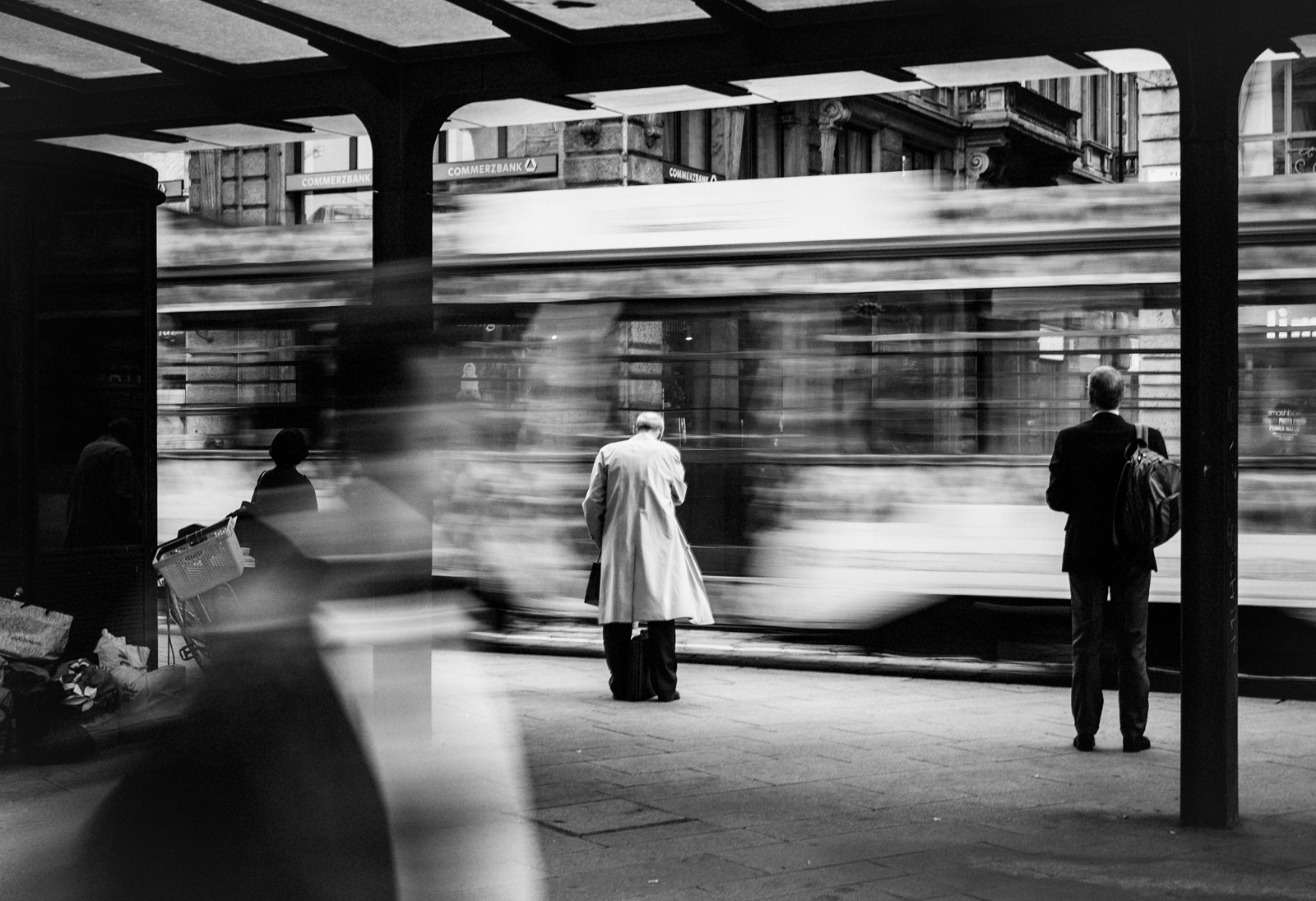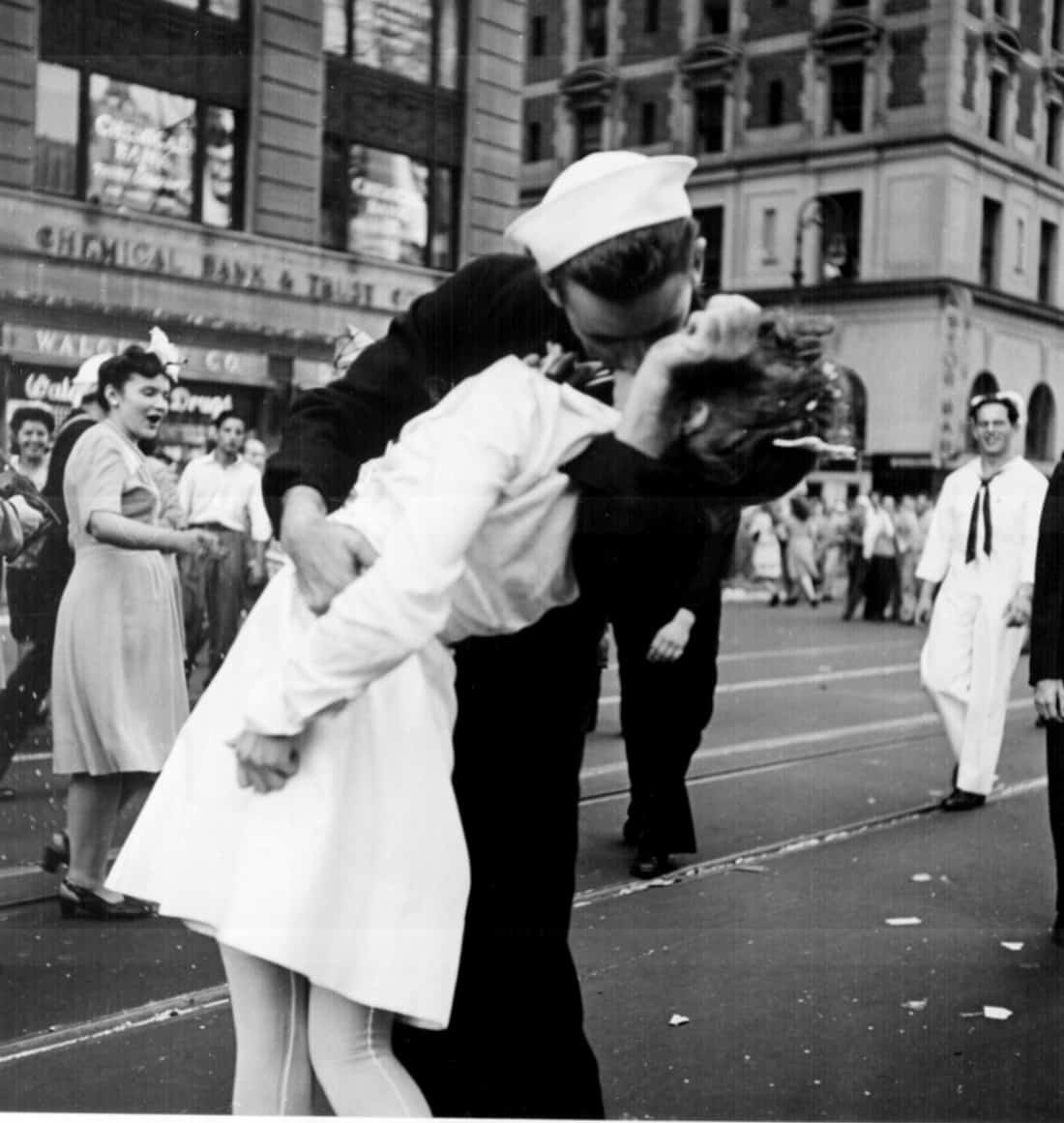The Basic Principles Of Framing Streets
The Basic Principles Of Framing Streets
Blog Article
Some Known Incorrect Statements About Framing Streets
Table of ContentsTop Guidelines Of Framing Streets9 Simple Techniques For Framing StreetsThe Facts About Framing Streets UncoveredNot known Details About Framing Streets Little Known Facts About Framing Streets.The 10-Second Trick For Framing Streets
Digital photography category "Crufts Canine Show 1968" by Tony Ray-Jones Road photography (likewise often called candid photography) is digital photography performed for art or query that includes unmediated opportunity experiences and arbitrary events within public locations, usually with the goal of capturing pictures at a definitive or touching moment by mindful framing and timing. 
The 20-Second Trick For Framing Streets
Susan Sontag, 1977 Road digital photography can concentrate on individuals and their habits in public. In this respect, the road photographer resembles social docudrama digital photographers or photojournalists that likewise operate in public locations, but with the purpose of capturing relevant occasions. Any one of these professional photographers' photos might catch individuals and building noticeable within or from public locations, which commonly entails browsing honest issues and legislations of privacy, security, and residential or commercial property.
Representations of everyday public life create a style in nearly every duration of globe art, starting in the pre-historic, Sumerian, Egyptian and early Buddhist art durations. Art dealing with the life of the road, whether within views of cityscapes, or as the dominant motif, shows up in the West in the canon of the Northern Renaissance, Baroque, Rococo, of Romanticism, Realistic look, Impressionism and Post-Impressionism.
5 Easy Facts About Framing Streets Shown
Louis Daguerre: "Boulevard du Holy place" (1838 or 1839) In 1838 or 1839 the first picture of numbers in the street was tape-recorded by Louis-Jacques-Mand Daguerre in among a set of daguerreotype views taken from his workshop home window of the Boulevard du Temple in Paris. The 2nd, made at the elevation of the day, reveals an uninhabited stretch of street, while the other was taken at concerning 8:00 am, and as Beaumont Newhall records, "The Blvd, so frequently full of a moving throng of pedestrians and carriages was flawlessly singular, except a person that was having his boots cleaned.
His boots and legs were well specified, yet he is without body or head, because these were in activity." Charles Ngre, waterseller Charles Ngre. https://www.viki.com/users/framingstreets1/about was the initial digital photographer to acquire the technical class required to sign up individuals in movement on the road in Paris in 1851. Photographer John Thomson, a Scotsman dealing with journalist and social activist Adolphe Smith, released Street Life in London in twelve regular monthly installations beginning in February 1877
Framing Streets Fundamentals Explained
Eugene Atget is pertained to as a progenitor, not since he was the very first of his kind, but as an outcome of the popularisation in the late 1920s of his record of Parisian streets by Berenice Abbott, who was influenced to carry out a similar paperwork of New York City. [] As the city created, Atget helped to advertise Parisian streets as a deserving subject for digital photography.

How Framing Streets can Save You Time, Stress, and Money.
Martin is the very first videotaped photographer to do so in London with a disguised electronic camera. Mass-Observation was a social research study organisation founded in 1937 which aimed to record everyday life in Britain and to tape-record the responses of the 'man-in-the-street' to King Edward VIII's abdication in 1936 to wed divorce Wallis Simpson, and the sequence of George VI. Between 1946 and 1957 Le Groupe des XV each year displayed job of this kind. Andre Kertesz. Circus, Budapest, 19 May 1920 Street photography formed the major material of two events at the Museum of Modern Art (Mo, MA) in New York curated by Edward Steichen, 5 French Professional Photographers: Brassai; Cartier-Bresson, Doisneau, Ronis, Izis in 1951 to 1952, and Post-war European Photography in 1953, which exported the concept of road photography internationally.

Framing Streets Can Be Fun For Everyone
, then a teacher of young youngsters, connected with Evans in 193839.'s 1958 book,, was substantial; raw and often out of focus, Frank's photos examined mainstream photography of the time, "tested all the formal policies laid down by Henri Cartier-Bresson and Pedestrian Evans" and "flew in the face of the wholesome pictorialism and heartfelt photojournalism of American magazines like LIFE and Time".
Report this page